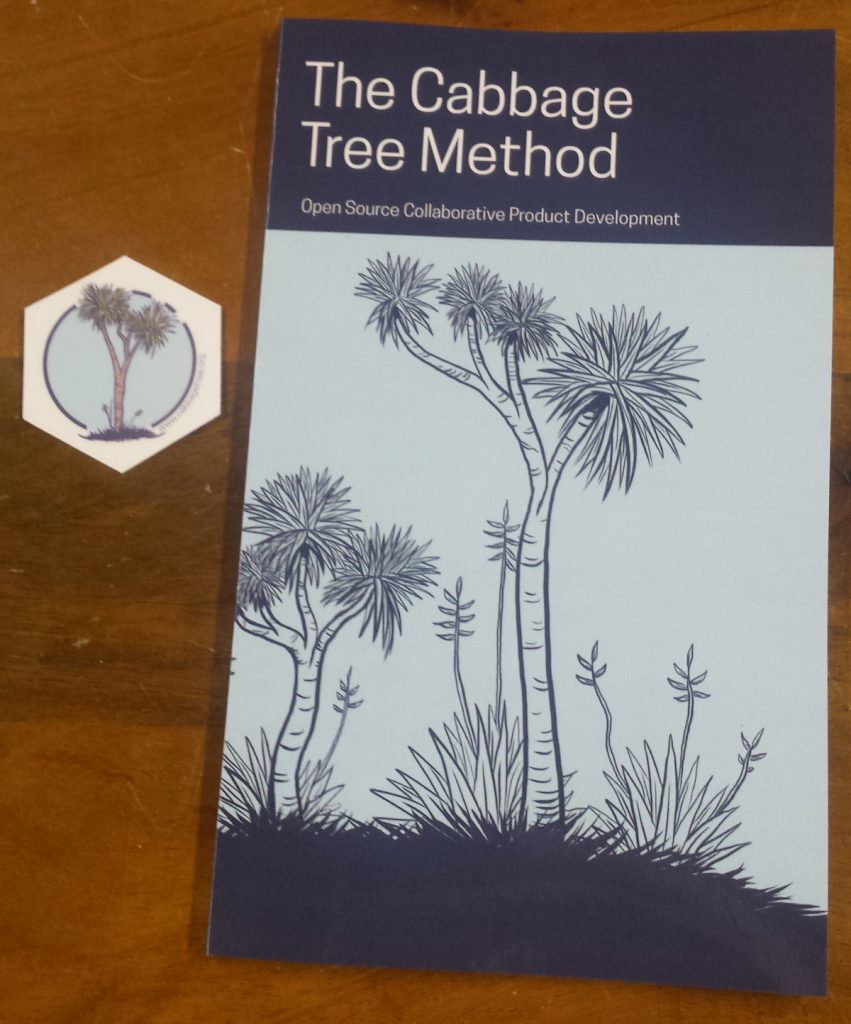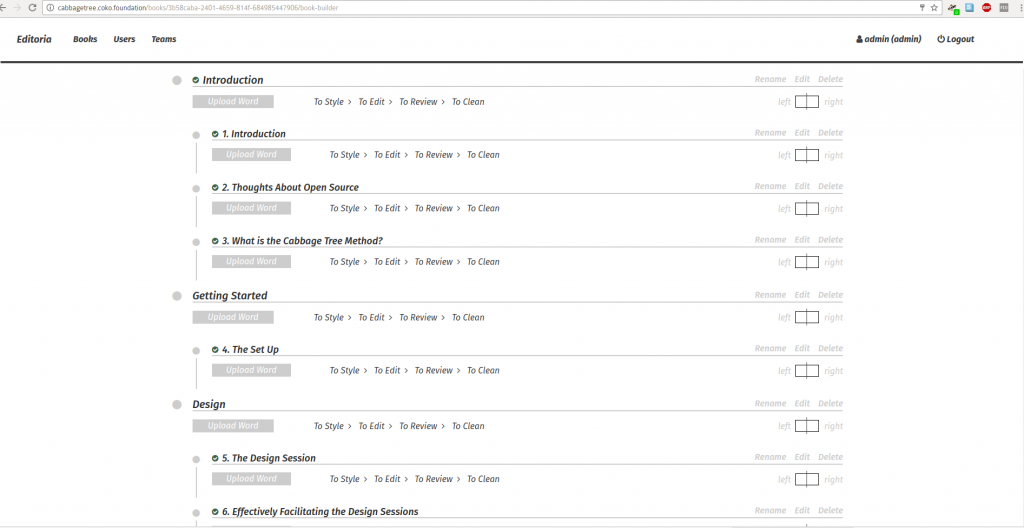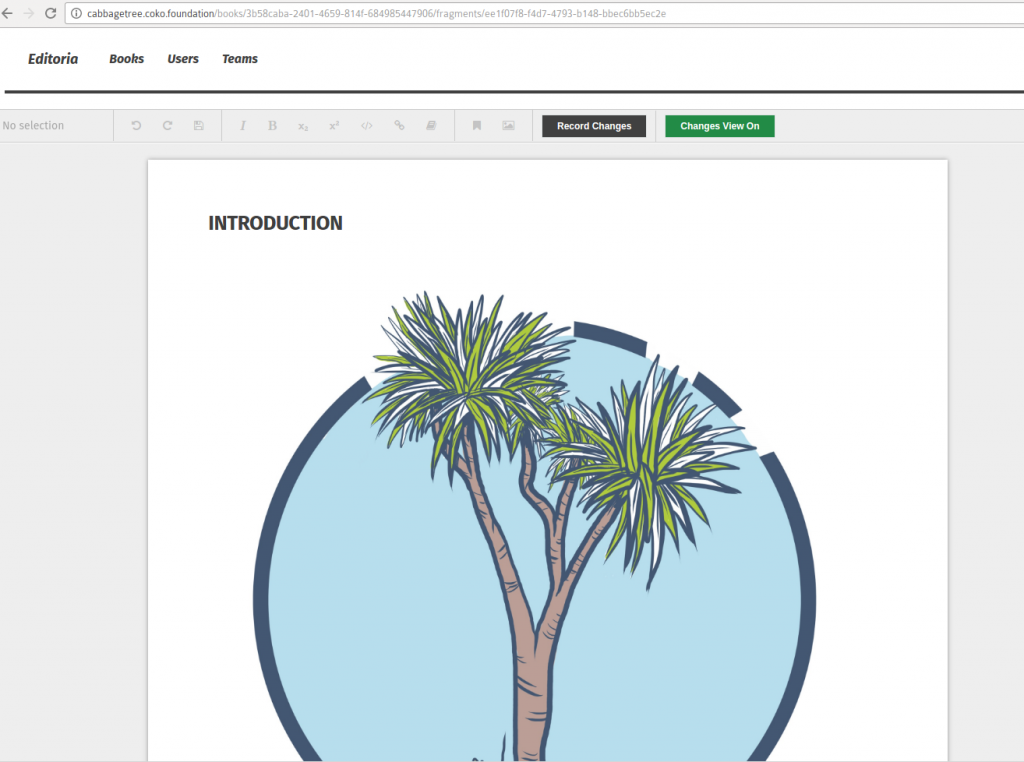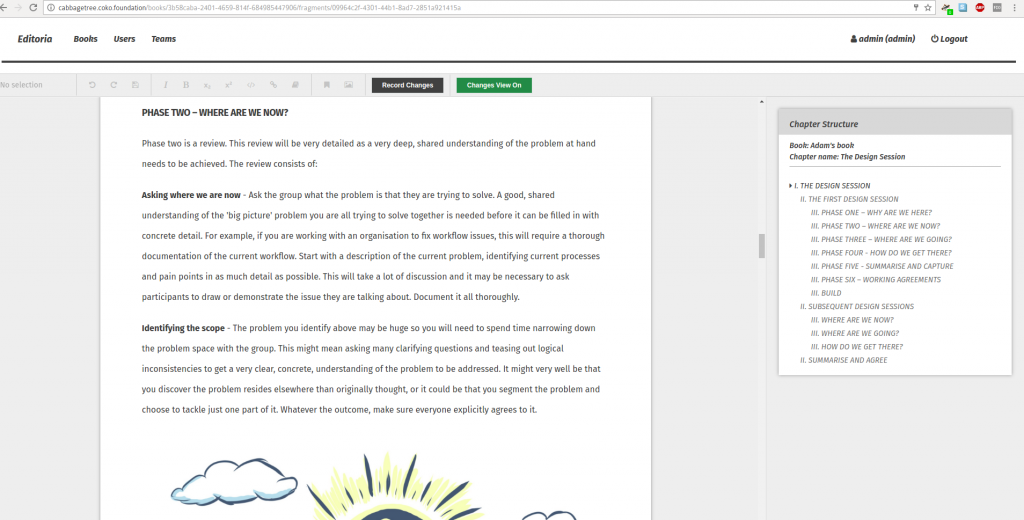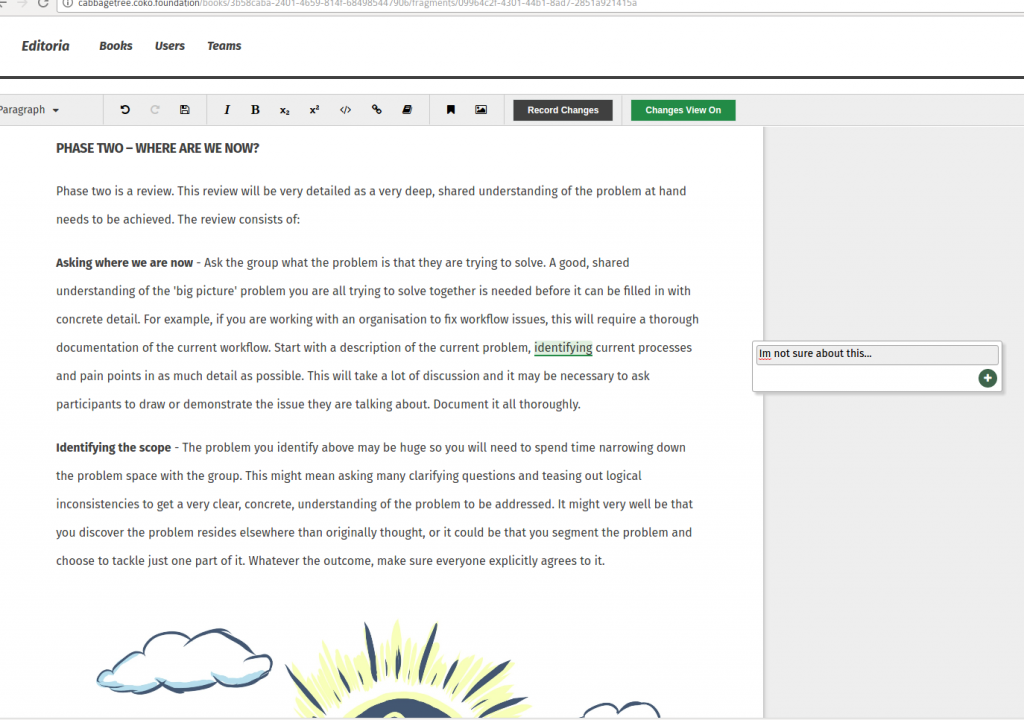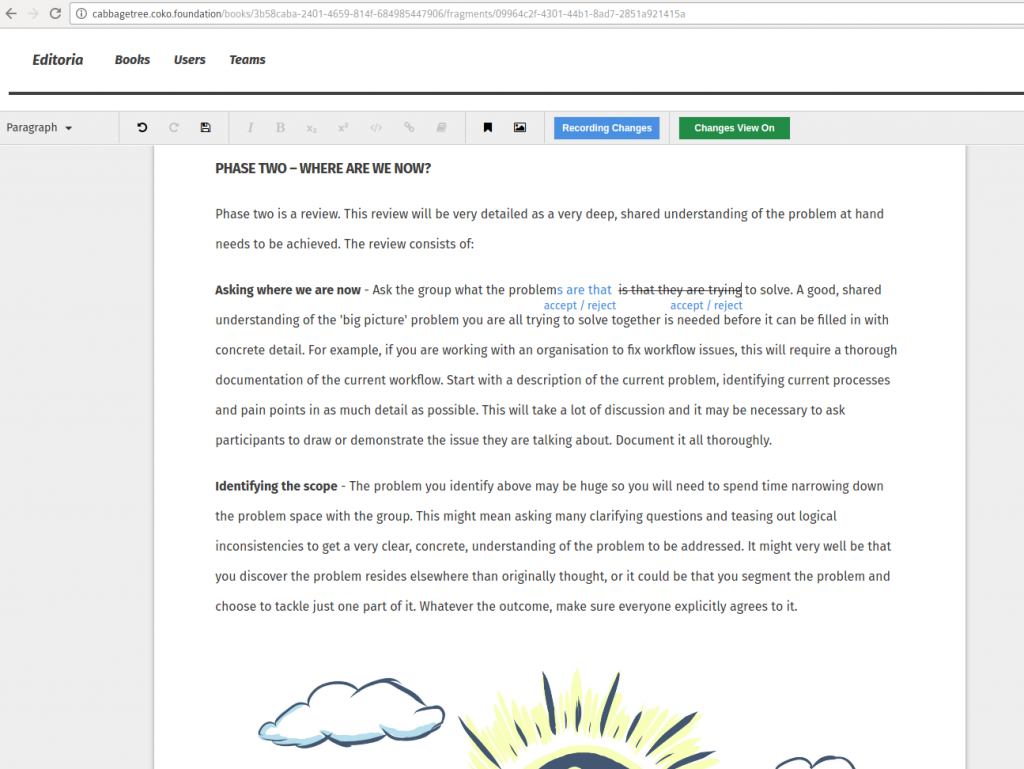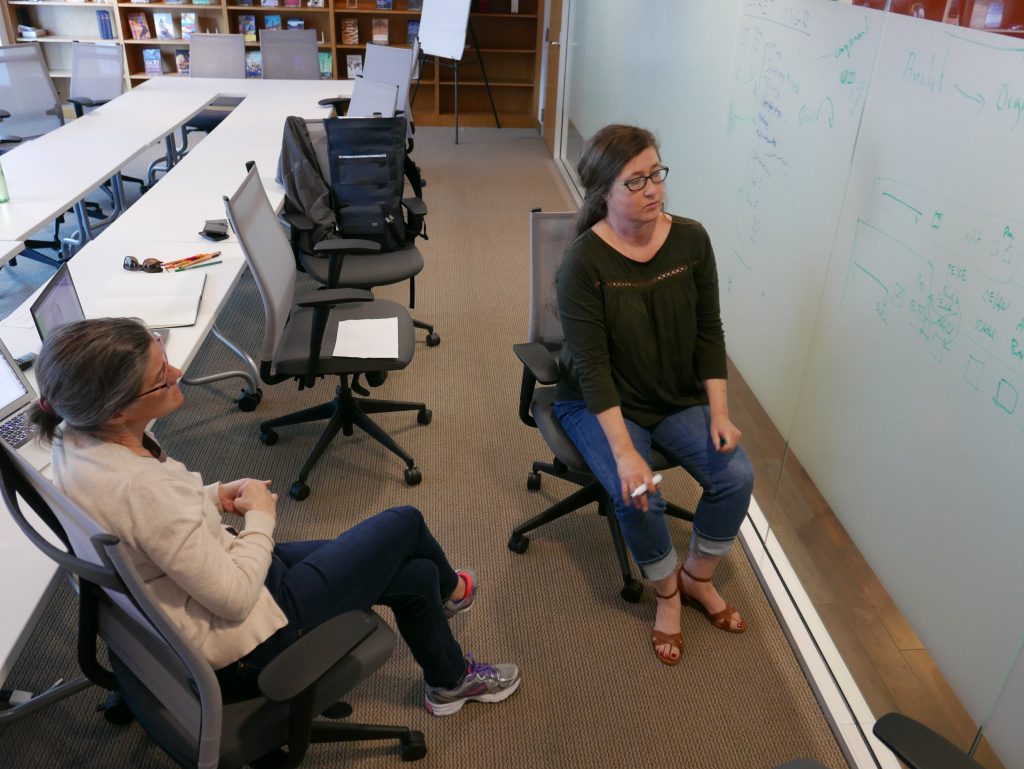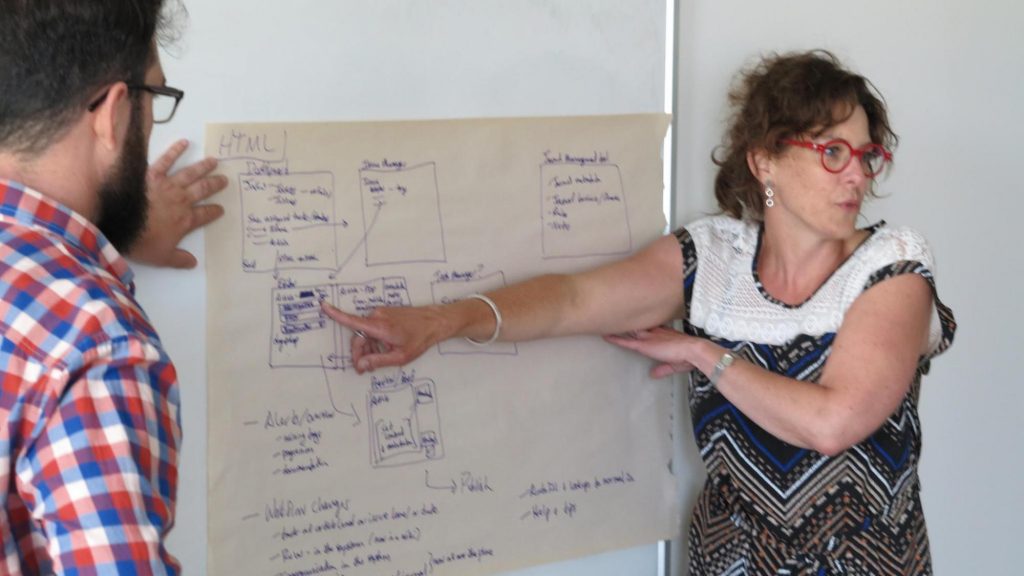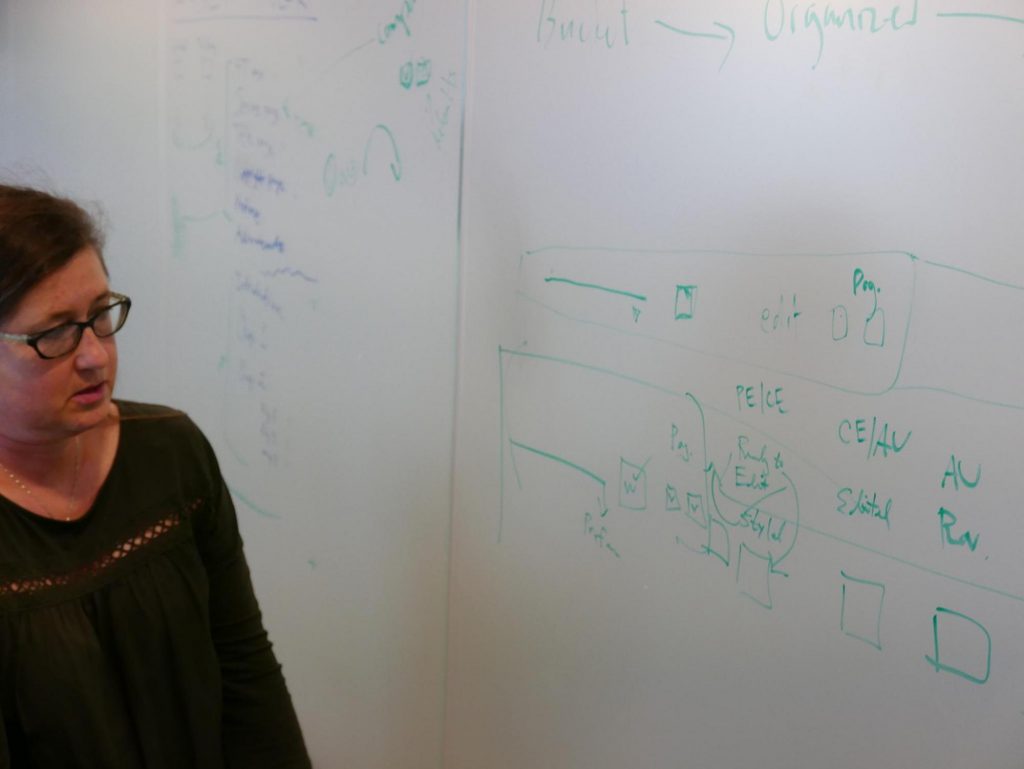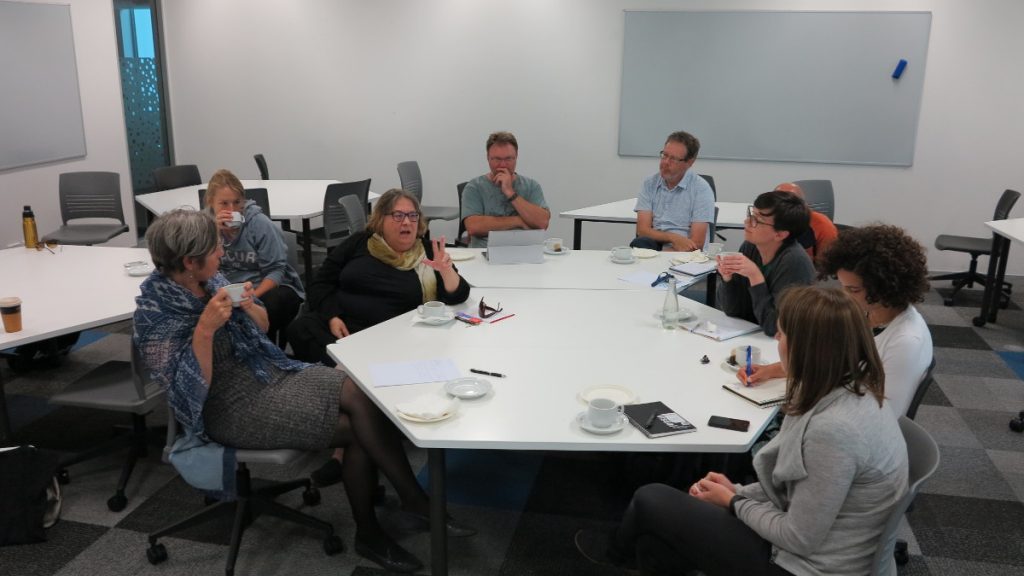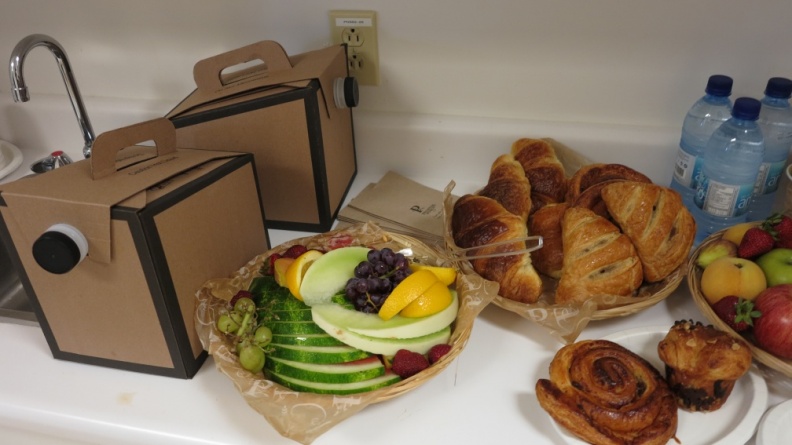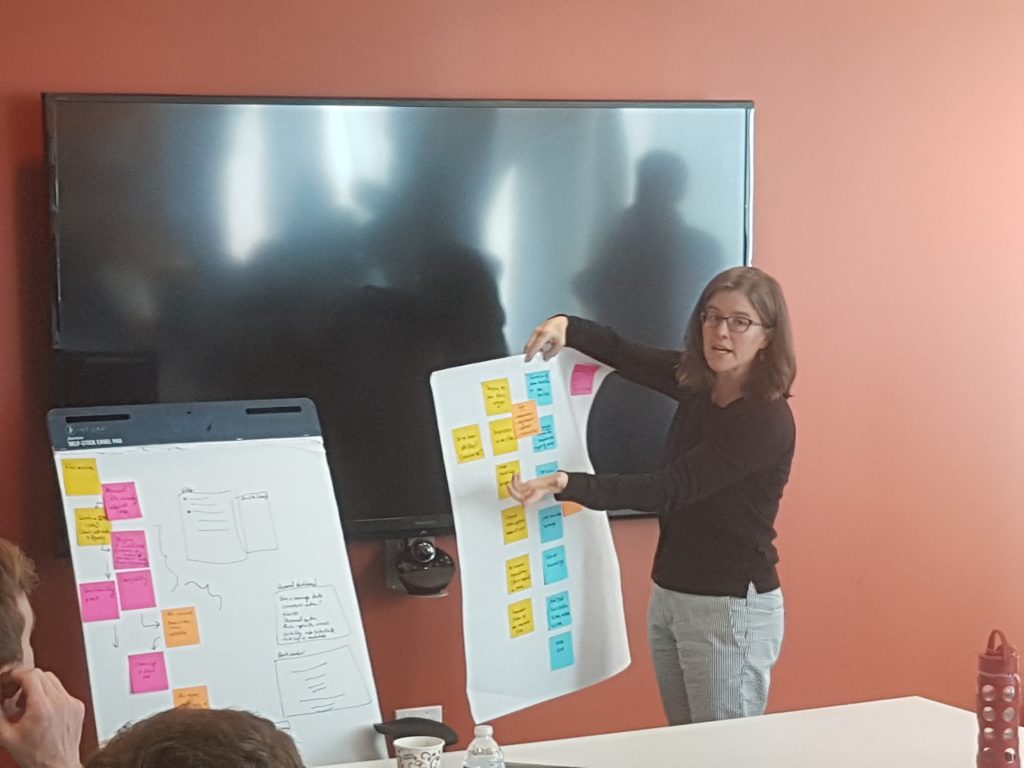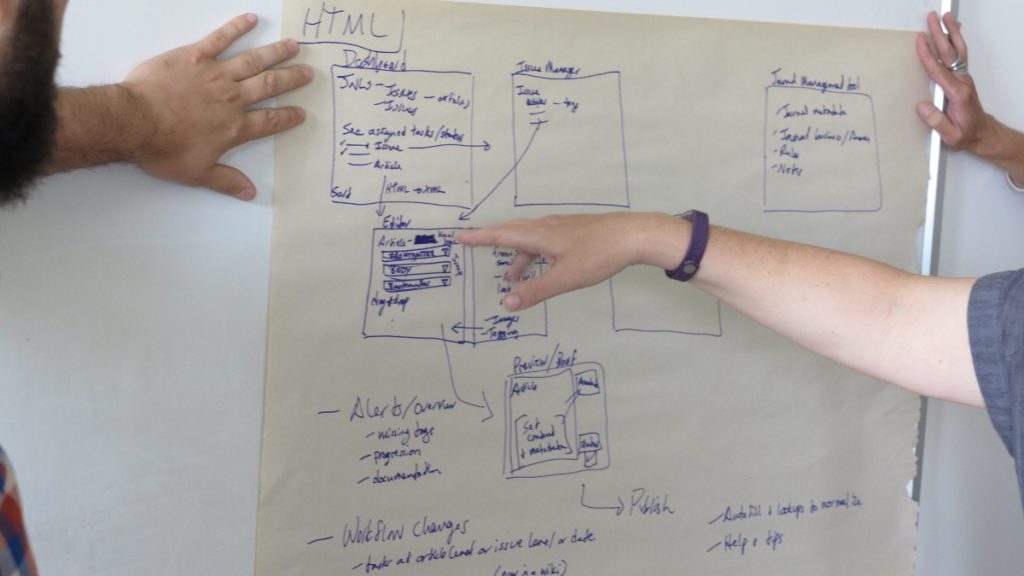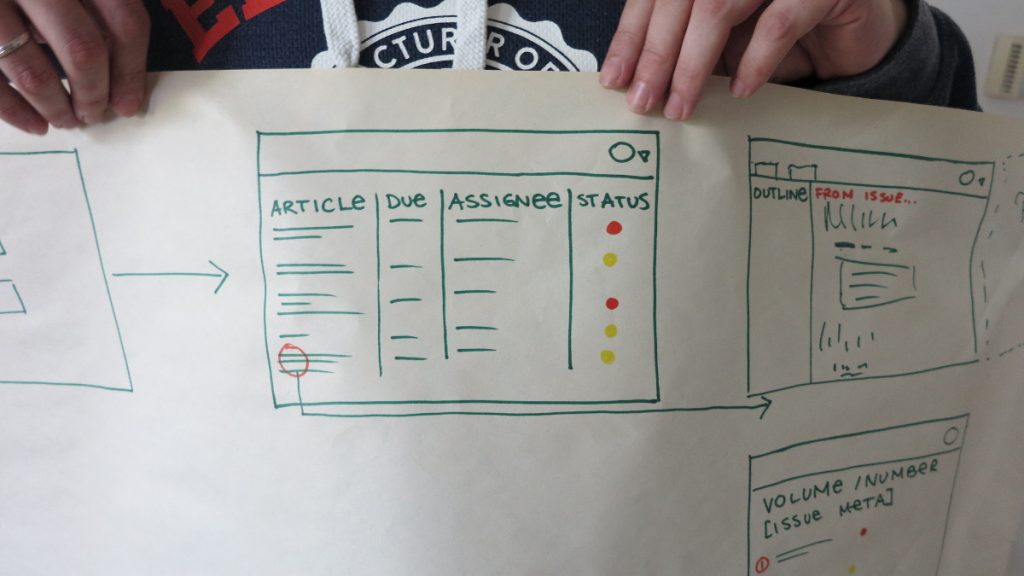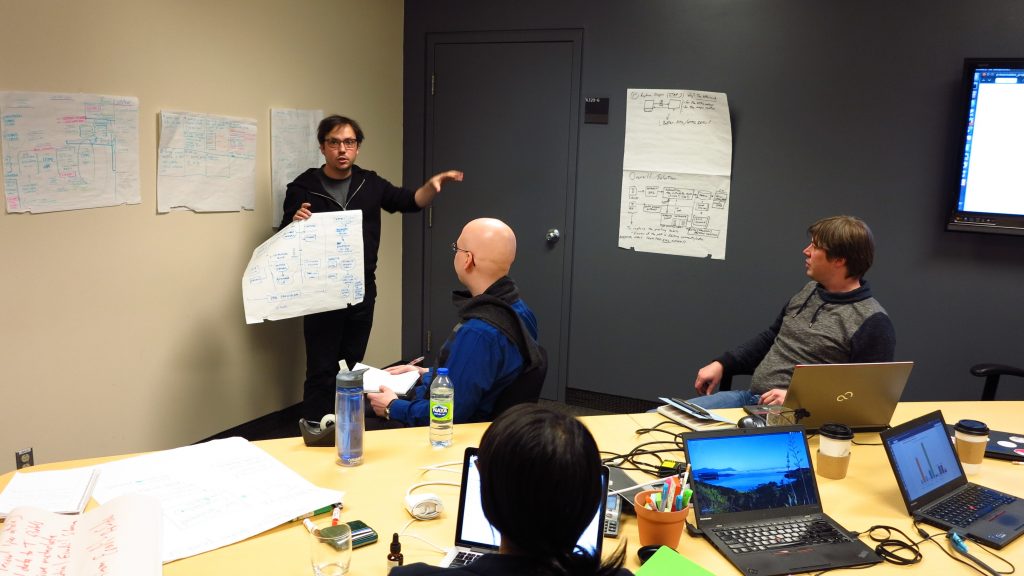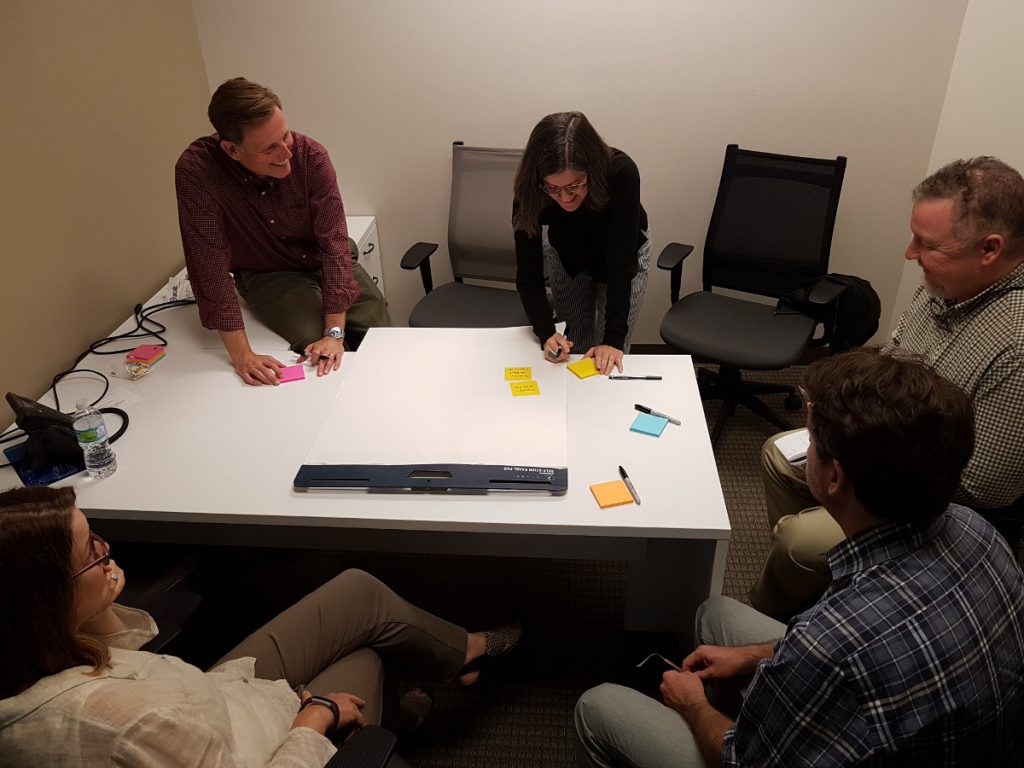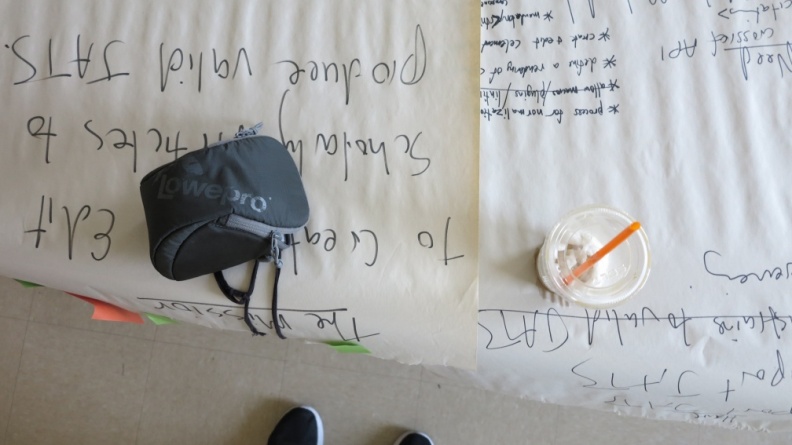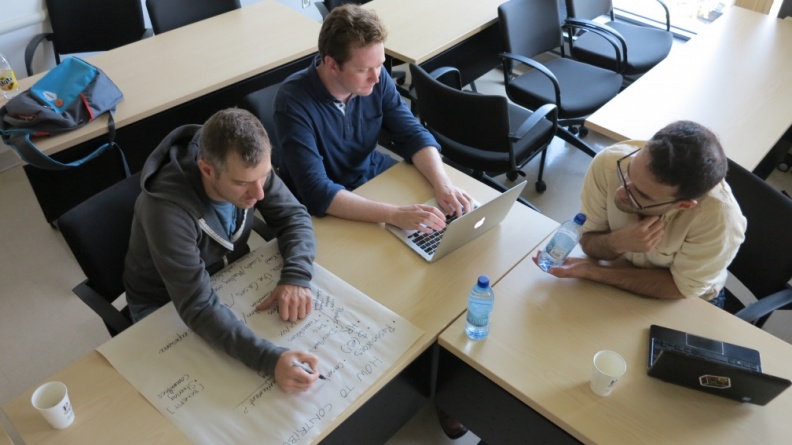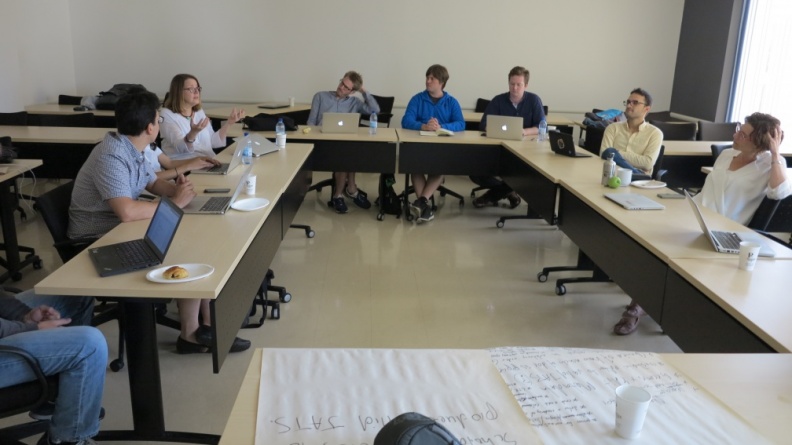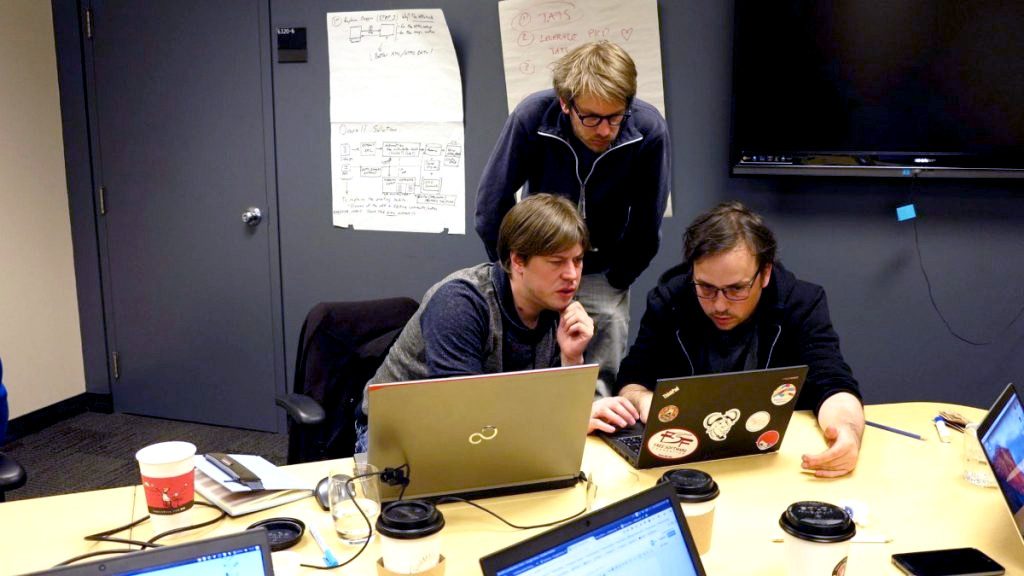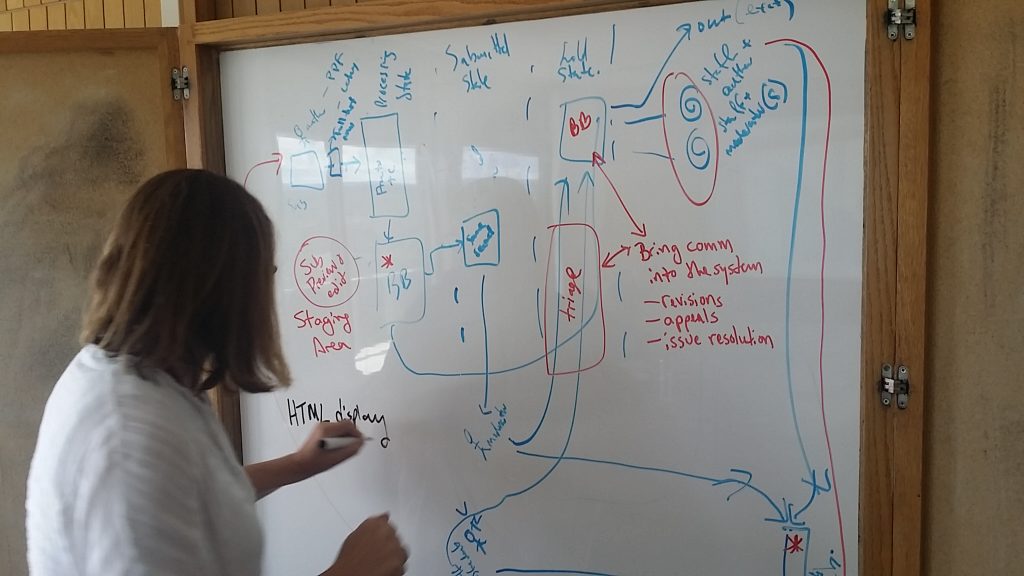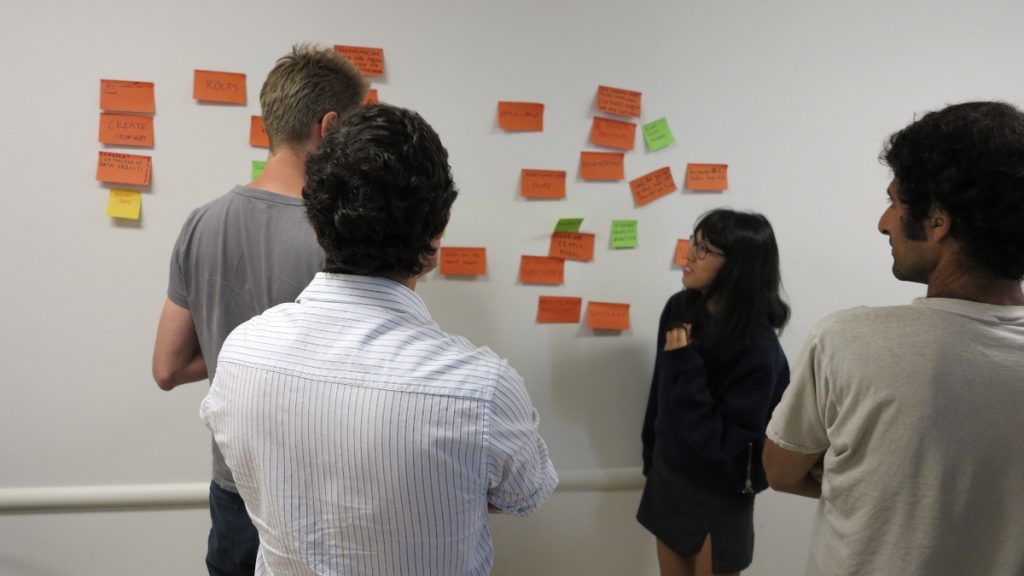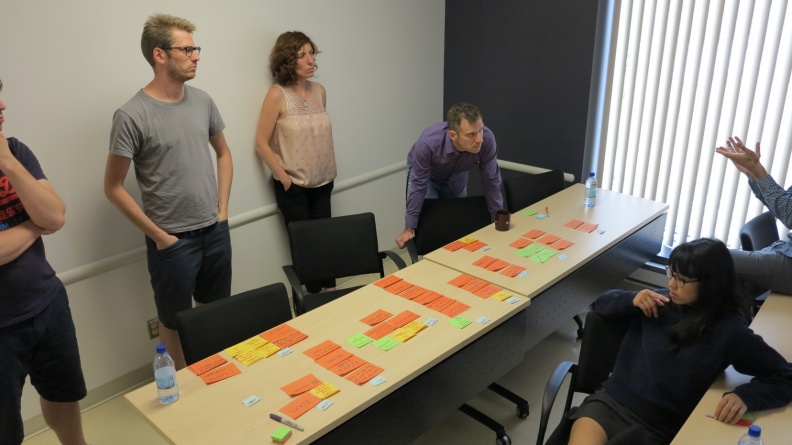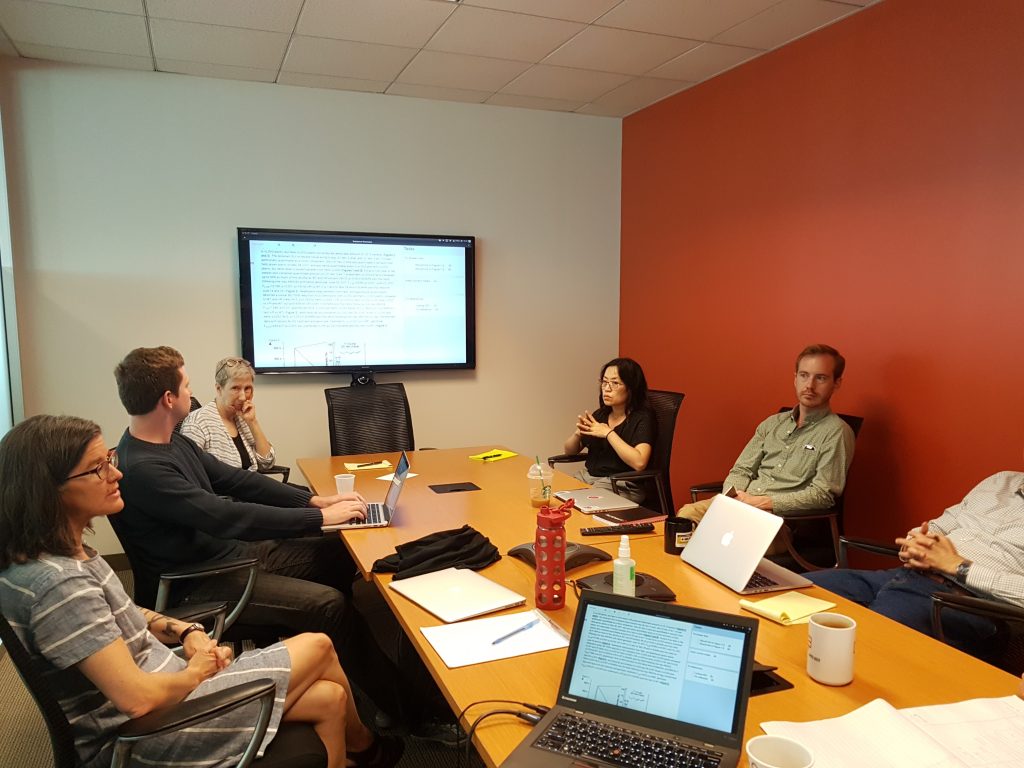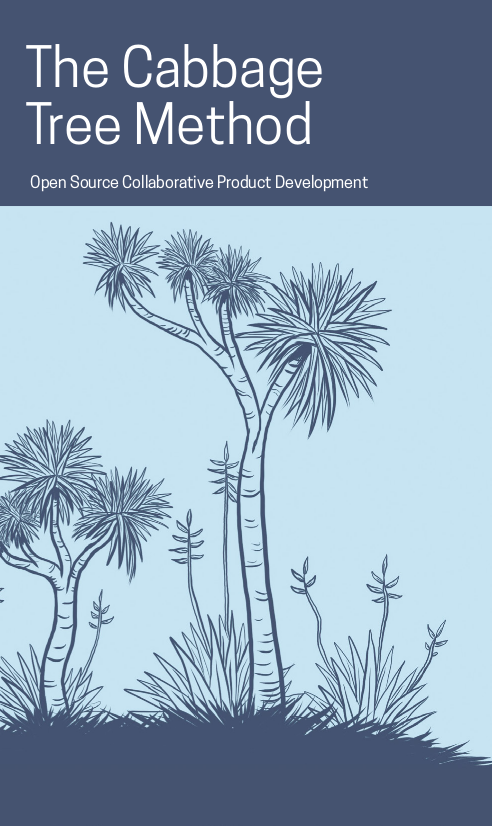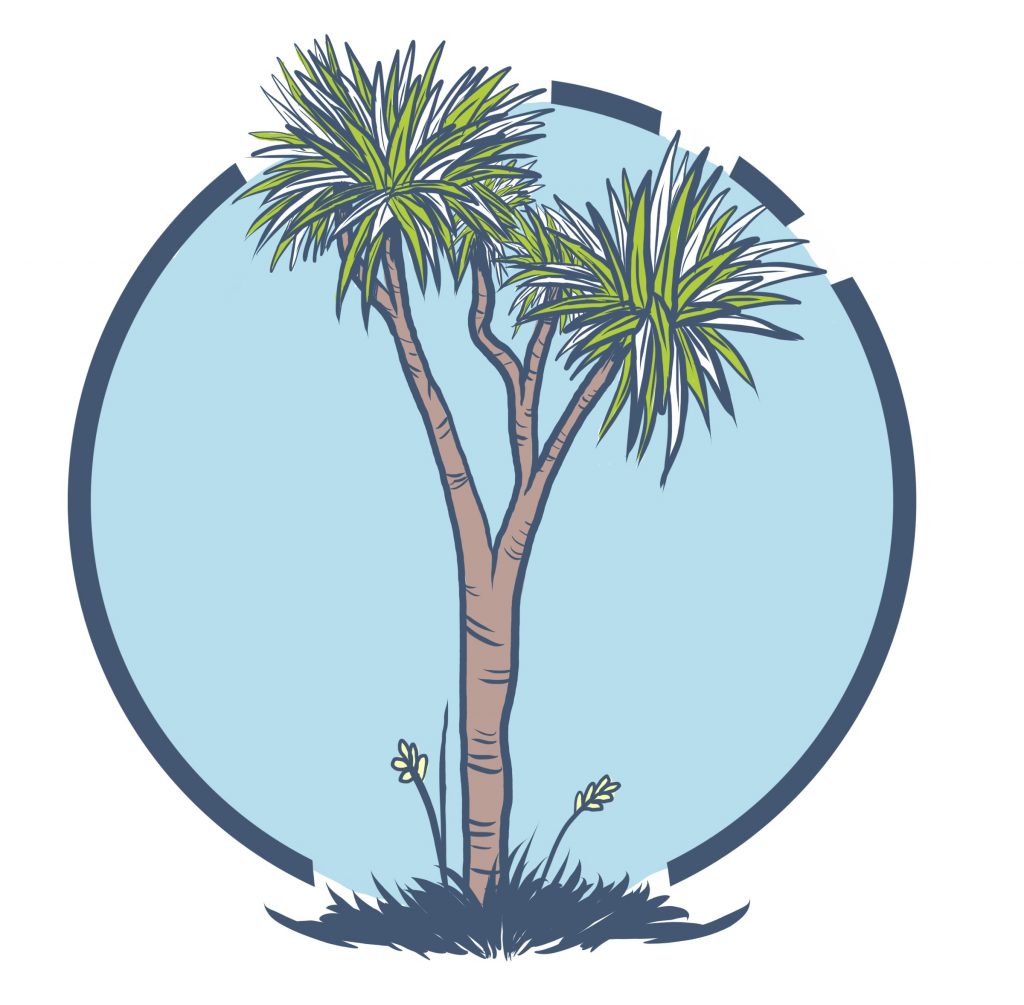I listened to an episode of NPR Fresh Air today which featured an interview with director Jim Jarmusch. During the interview, he commented on what punk meant to him. Oddly his thoughts reflected what I was trying to get across in an earlier post (https://www.adamhyde.net/why-bad-design-is-good/) about Mediawiki and similar softwares that have a ‘DIY aesthetic’. His quote:
[punk] embraced amateurism…it was about saying something because you meant it, expressing something that you felt, and that was primary… in the Latin origins of the word, amateur is the word love, the love of a form, whereas professional implies something you do for money or work…
The point being, if I complete the circle, that an amateur ‘aesthetic,’ (which is what I think Mediawiki has), has been critical for its success and the success of Wikipedia. It is an aesthetic that has communicated to those that wished to do something for love and are, perhaps, motivated to prove that an ‘amateur’ body of knowledge could be every bit as good as one ‘created by professionals’.
Wikipedia and the design of Mediawiki are classic punk. I find it interesting to consider this since if Mediawiki had looked ‘more professional’ (think Confluence) it would not have been as successful, and this may also be true for its flagship project – Wikipedia.
